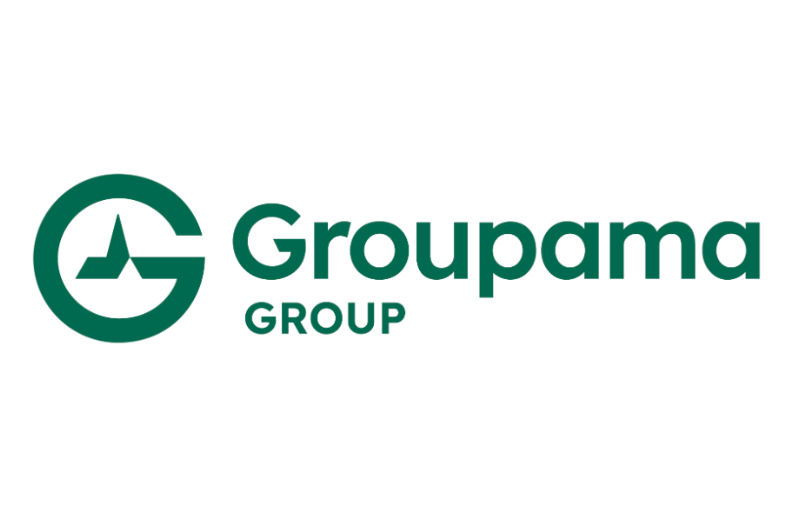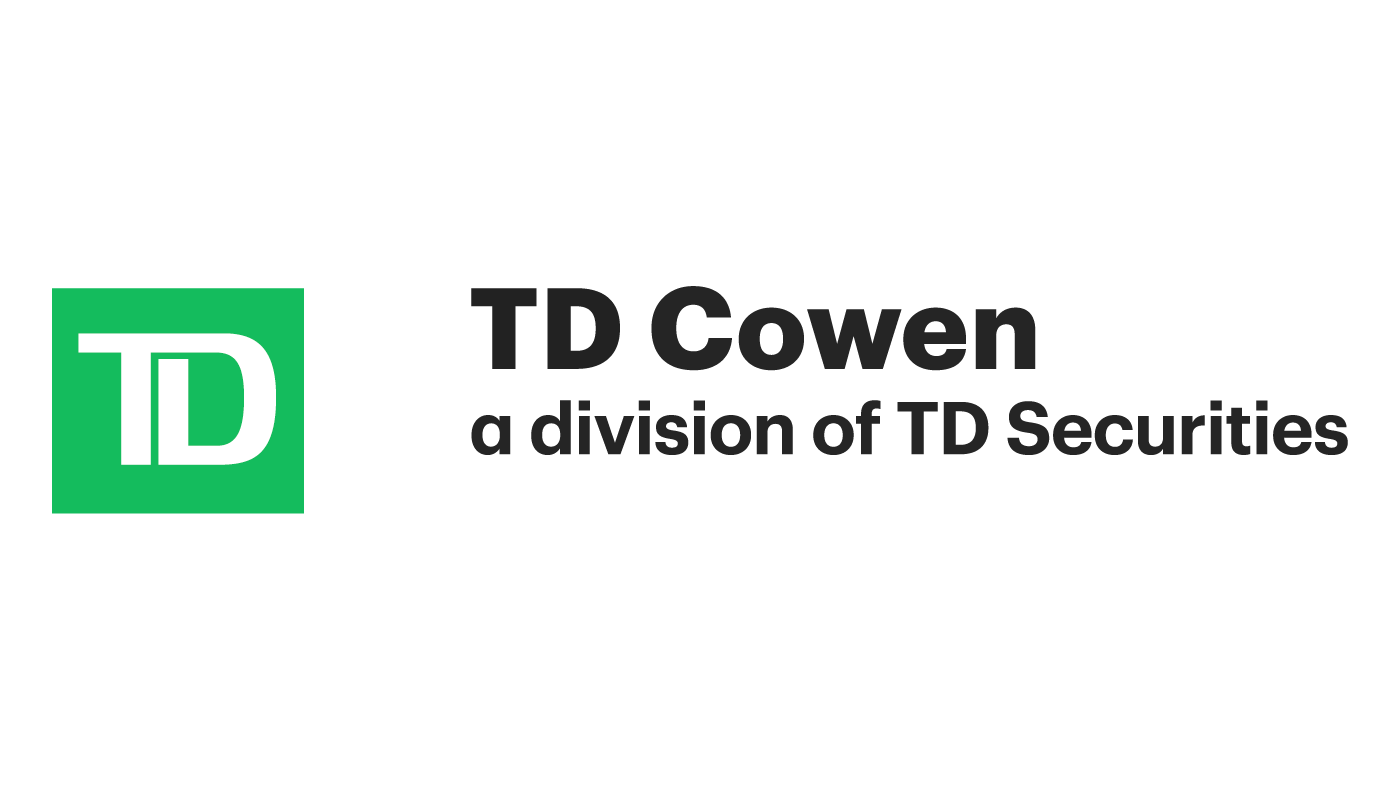
In a recent report on the threat flood disasters pose to the Netherlands as a country particularly vulnerable to climate risks, KPMG highlights the potential for catastrophe bonds to be an instrument that can help in maintaining the insurability of climate risks in an increasingly challenging environment.The KPMG researchers note that flood events that affected the country in recent years have demonstrated how vulnerable the Netherlands is, driving impacts to business operations, customers and Dutch society as a whole.“As a low-lying delta, the Netherlands is vulnerable to climate change.Rising sea levels, extreme rainfall and prolonged periods of drought lead to a growing number of claims.
This not only leads to higher costs, but also raises fundamental questions about the future insurability of climate risks,” the report explains.The country is seen to have an insurance shortage for flood risks at this time, with no regular insurance cover often available to property owners under standard policies.“The government offers financial support through the Disaster Damage Compensation Act (Wts), but this is done on an ad-hoc basis and does not cover all the damage suffered,” the report states.
Leading the KPMG team to call for “innovative approaches” to keep climate risks insurable, citing the need for climate-adaptive damage repair when catastrophes happen, proactive communication to customers so they understand the risks and how to mitigate them, climate labelling for homes to promote transparency about risk exposures, and the use of catastrophe bonds as a way to transfer the risks of major natural disasters to the capital markets.“By acting strategically now, insurers can not only make their own business resilient to climate risks, but also play a crucial role in strengthening the climate resilience of the Netherlands as a whole.This is not just an option but pure necessity in a world where climate change is becoming increasingly tangible,” the researchers wrote.
Catastrophe bonds could benefit Dutch insurers and the country by providing a market-based mechanism for risk sharing, as well as efficient reinsurance or disaster risk capital to protect against climate risks such as flooding, the report suggests.Cat bonds also help insurers be less reliant on the traditional reinsurance market and can provide complementary capacity allowing more limits to be secured.The KPMG team highlights that currently there are no catastrophe bonds issued directly by Dutch insurers, although saying, “As climate risks increase, demand for these instruments may also arise here.” However, it’s worth noting that a number of Netherlands-headquartered re/insurers have sponsored catastrophe bonds out of a range of domiciles in the past, including and NN Group, both of which secured windstorm reinsurance coverage from the capital markets.
In addition, way back in 2019, , after seeing the first Baltic terror cat bond for Pool Re.But, more specifically on flood risks, we saw in 2024, and a cat bond featuring German flood exposure in 2023, while both US and Japanese flood risks have also been transferred successfully to the cat bond market in the past.So, it is clearly possible and can be accepted by capital market investors, so there seems no reason Netherlands flood risk could not be transferred in cat bond format.
The KPMG team noted that collaboration within the local insurance sector may help, along with the necessary innovation and prevention.Ultimately, the report calls for the use of alternative forms of financing, including cat bonds, to help increase the capacity of the Dutch insurance industry to cover climate risks that threaten the country..All of our Artemis Live insurance-linked securities (ILS), catastrophe bonds and reinsurance can be accessed online.
Our can be subscribed to using the typical podcast services providers, including Apple, Google, Spotify and more.
Publisher: Artemis








